Meridian International Center has been implementing the U.S. Speaker and Specialist Program for India sponsored by the Public Affairs Section of the U.S. Embassy in New Delhi since 2013. By sending U.S. experts on various fields to India, the program connects U.S. experts with Indian audiences and institutions; promotes an understanding of U.S. strategic priorities, policies and institutions; and provides opportunities to discuss the political, economic, social, and cultural context from which they arise.
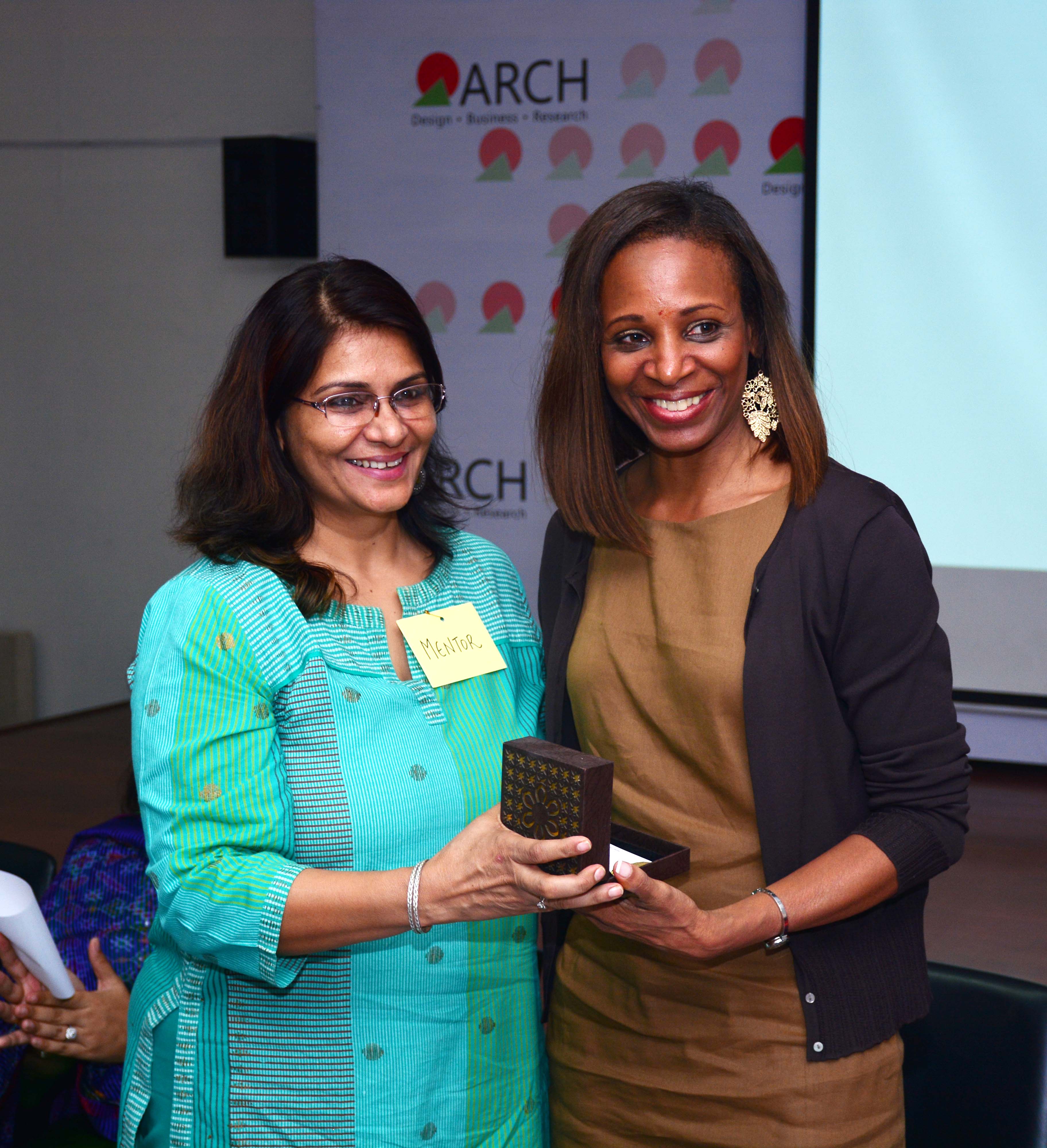
Cristal Williams Chancellor, who serves as the director of communications for the Women’s Media Center, was one of our experts in this program in 2018. During her trip in India, Cristal particularly focused on women’s image in Indian media. The topic is important and relevant to the Indian people because Indian women, just like women in many other countries, are suffering from bias in the media and the media industry. During her visit, Cristal visited Kolkata, New Delhi, Jaipur, Chennai, and Mumbai and she reached out to Indian women in many other sector including university students, experts and reporters.
Below is an interview with Cristal following her trip to India in which she talks about her experience in the country and some of the takeaways from her trip.
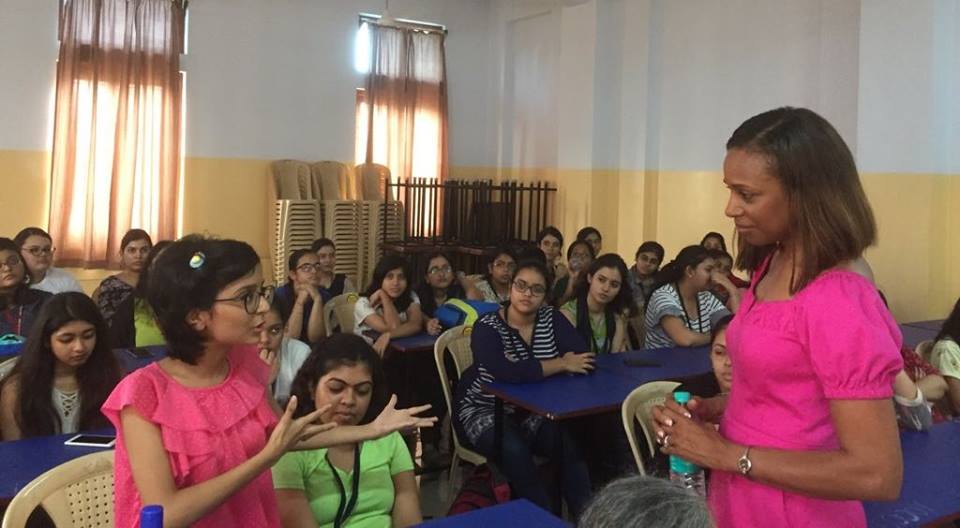
What makes India a crucial place to talk about women’s image? How does the Indian media and movie portrait women in India?
India is particularly interesting because, to my understanding, it is the first time that they had a speaker from the U.S. to talk about this topic in India. India has some unique challenges and also has some similarities with the U.S. In Indian media there is an underrepresentation of women, particularly women who are in leadership positions. Women can be reporters, photographers or occupy other similar positions; however, they have little chance to get to higher executive positions where real change can happen.
In many Indian movies, women are also highly sexualized, where images and stories focus more on their bodies, than on their experience and talent. Women are more likely to be portrayed as mothers, daughters, or sisters and less as individuals and in their professional life.
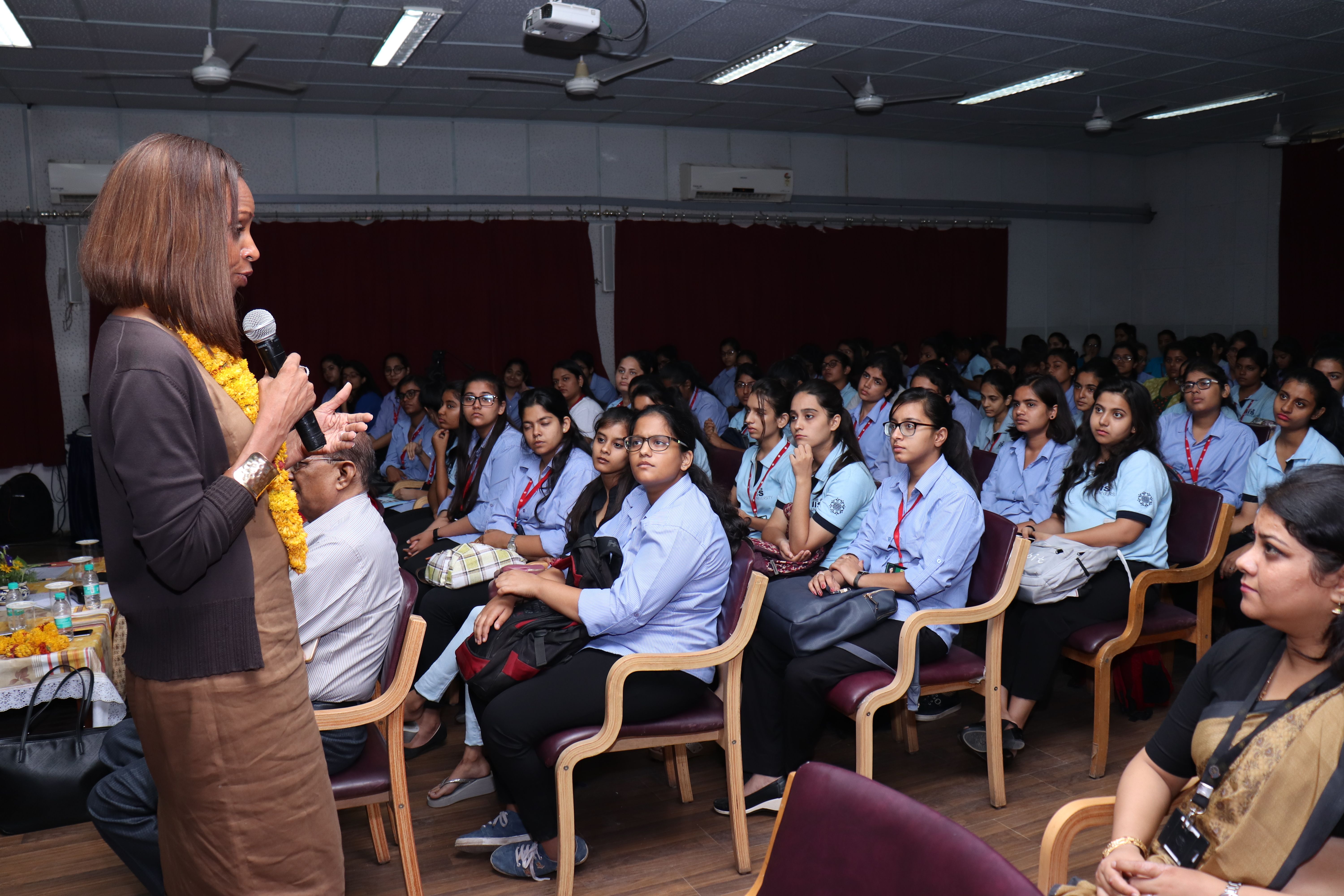
What was your personal observation of women’s image in India during your trip in the country?
There was a recent study from the Women Media Center that looked at sexual assault and the coverage of sexual assault in India. We found that in India there has been more media attention on the coverage of sexual assault in the media. The rape that happened in Chennai earlier in the summer helped to raise awareness of some of the challenges that women are faced with in India. After talking with many women and girls in India, the most interesting observation for me is that their challenges, while unique in some ways, are still similar to our challenges in the U.S. There is also a misrepresentation and underrepresentation of women, and especially women of color.
Could you explore more in detail on discrimination toward women of color?
In the U.S., the Women Media Center found that women of color are facing a different set of challenges and lack of opportunities in media. In the U.S., this discrimination is more centered on race. However, in India, there are other groups that do not see themselves in media. In India we found that caste system influences the media coverage. The caste that you are in will decide how much coverage you will get in media or whether you will be included in media. The caste system is a unique challenge for Indian women.
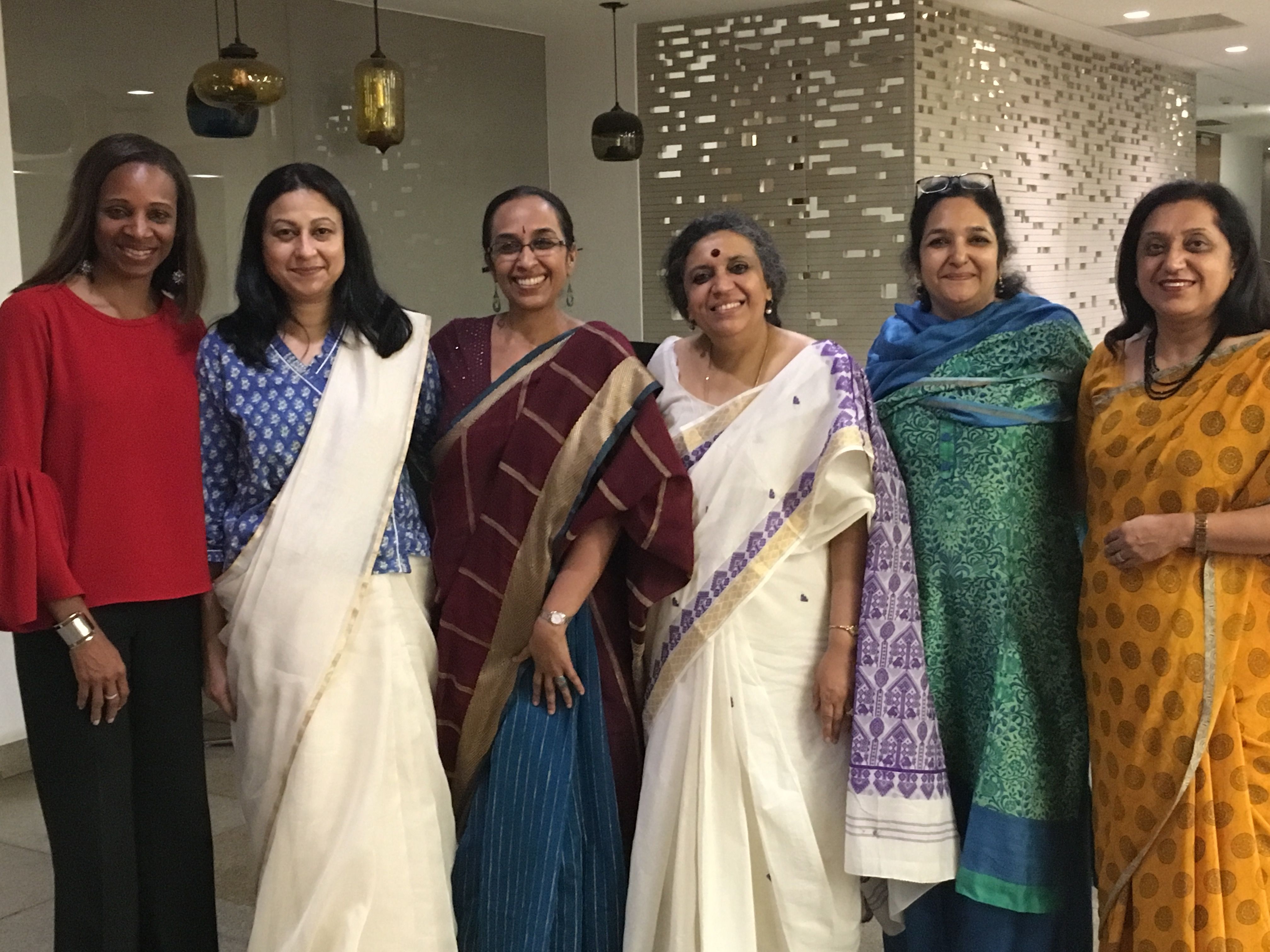
During you trip to India you talked with many women rights organizations and people who advocate for women rights. How do you see the current women rights movement in India?
Women in India are very committed to gender equality and gender empowerment. They were very passionate to talk about the aspirations of women and girls in India. Women in India have in fact formed many organizations some of which are loosely structured and some of which are more structured, but there is certainly a determination on the part of these organizations to make sure that gender equality is reached in India.
There are a number of women organizations in India which are equally committed to making sure that there is gender equality around the globe. I think that because of that shared passion and the shared goal, women in U.S., India and around the world will attain gender parity because we won’t stop until we reach that goal.

What is your major takeaway from this program?
First of all I was very honored to have the privilege to go to India and talk about the work that the Women’s Media Center does and how we work to make women more visible and powerful in media. During the program I was able to share our research, to hear from women and girls about their lives and to discuss how we together can work to make sure that there is a society that is based on gender parity and gender equity. Though the Speaker Program in India, I not only broadened and enhanced Indian people’s understanding of U.S. media and what our challenges are, but also discovered really important insights about the challenges that they face both politically and culturally. In addition, I am also aware of what must be overcome if we are to build a society that is fairer to everyone.
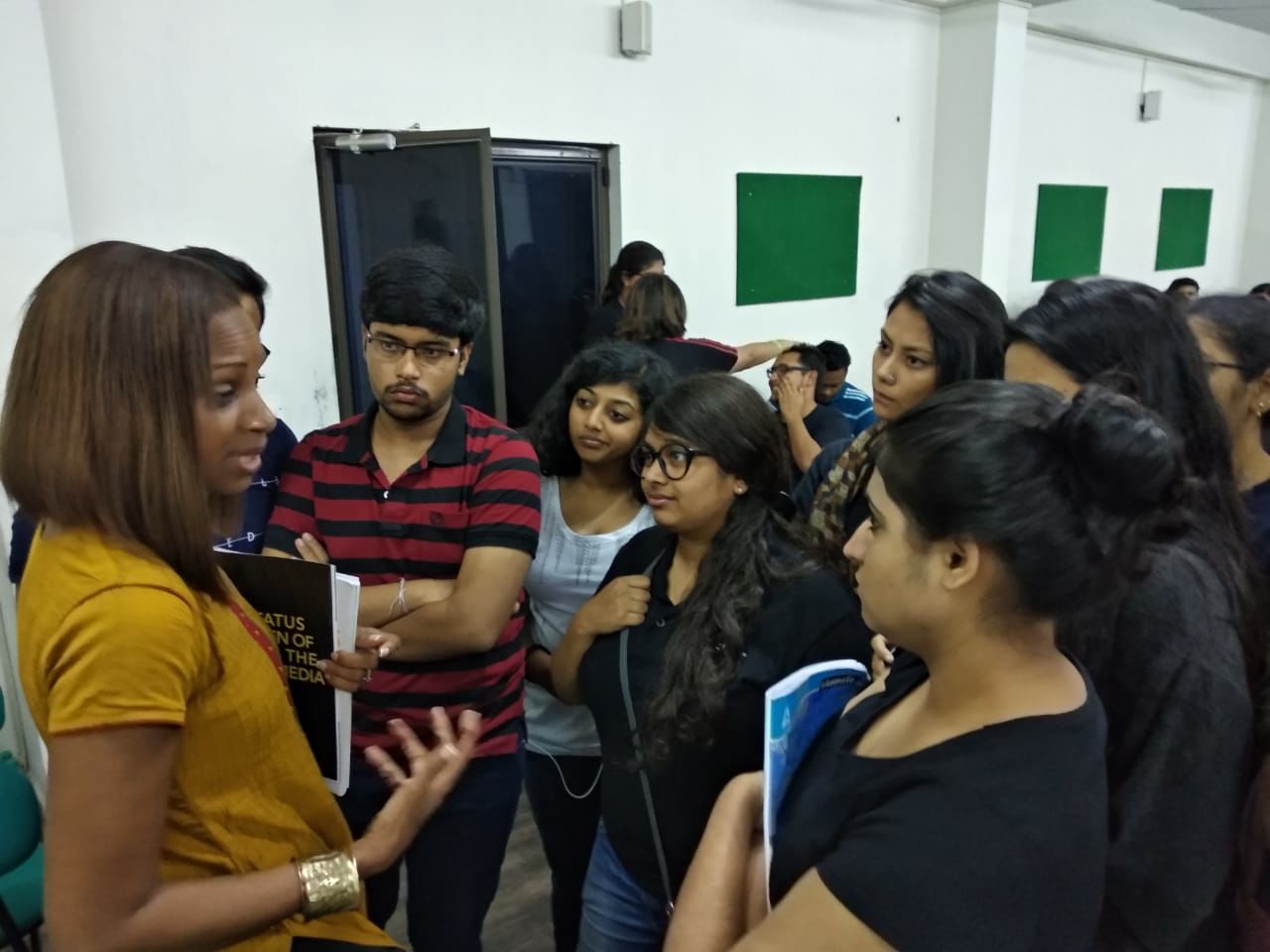
After this program, what is your expectation or the outcome for this speaker program?
I have been in contact with several of the women and students I met there since I came back to U.S. I hope that we can cooperate with them in the future and work together to make the Indian media more inclusive and representative. In addition, I came away with quite a few recommendations of Indian movies which I was not exposed to before. Now I have a long list of movies which I will watch and talk about with some of my new friends and colleagues in India.
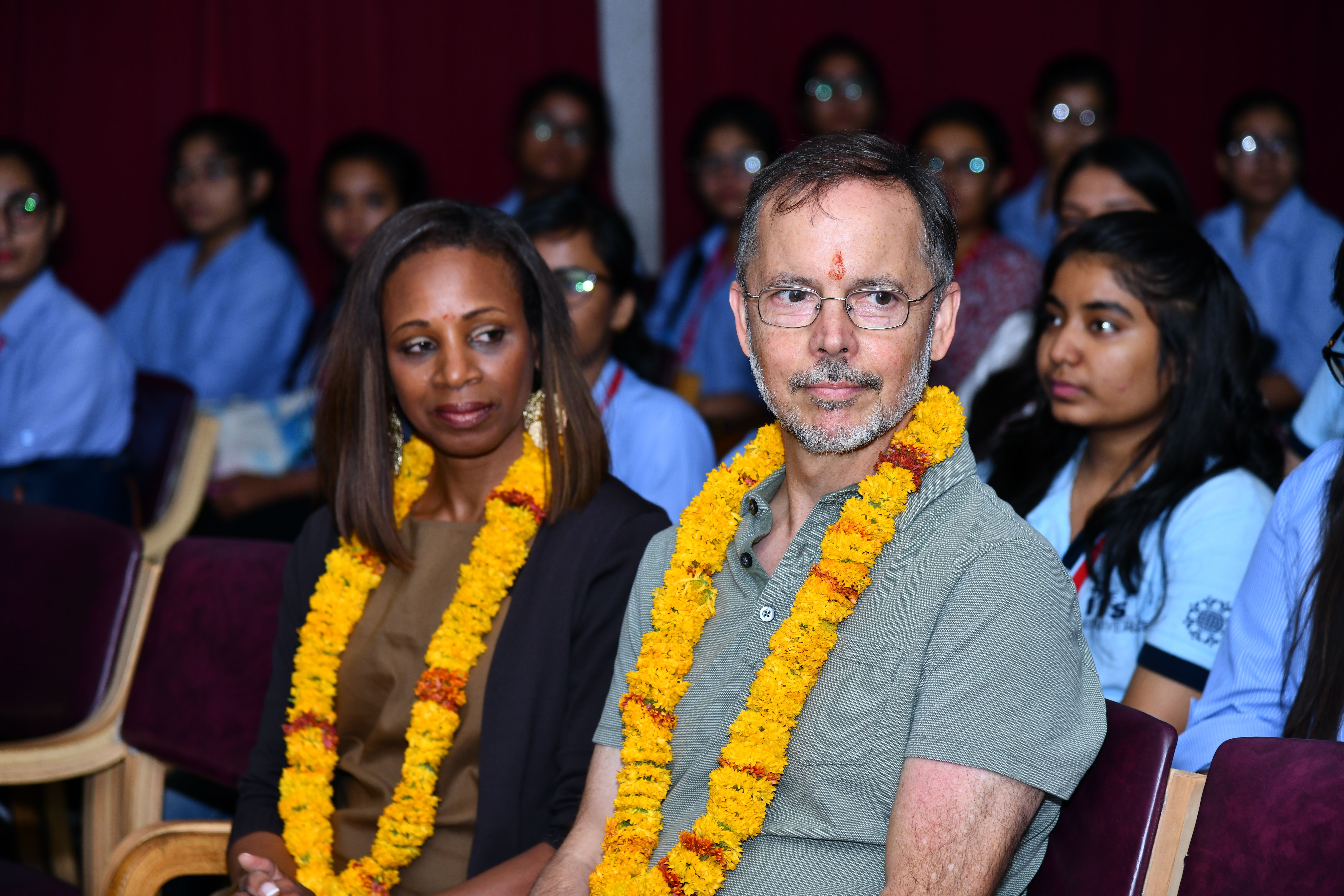
During your program in India you had the opportunity to be interviewed by many Indian media outlets. In fact you were featured in over 10 news articles on some of India’s most important publications. What was their take / perspective on women rights issues?
When I was in India, there was a lot of interest in the “Me Too” and “Time’s Up” movement and what it means for India and the U.S. The thing that I shared with many of the news outlets was that while there may be a sense in India that the “Me Too” movement has not quite resonated in the country, at some point it will because it is the time and the moment for Indian women rights movements to get synced with what we have in the U.S.
There were also questions on general interests and gender disparity that we in the U.S. are faced with in regards to opportunities for women in the media. For example, according to the Women’s Media Center, in the U.S., men still report most of the news in TV, print, online and from the wire services. 68% of media people are men whereas women are 32%. As we know women are the majority of the population in the U.S., 51%. So there is still much work to do here. Many of the conversations with Indian media were related to this topic.

Do you have any advice for Meridian and for future speaker in the program after your trip?
For people who are coming to the program, I would advise them to do some homework: to read about some issues that women and girls are facing in media, and to look at some similarities and challenges in that country. Keeping an open mind is also important because until you expose yourself to the culture, you cannot have a real expectation of what you will see and experience and how your mind and your life will be shaped based on the experience you have.
I worked with Jaclyn and Bogdan who were excellent throughout the program. They provided all of the detailed information that was critical to make this a seamless international trip. They also would be the go-between for any conflicts and answered all the questions I had. I particularly appreciated their work on my Indian visa, which sometimes can be difficult to obtain. Having them handle the administrative department made things so much easier.
















